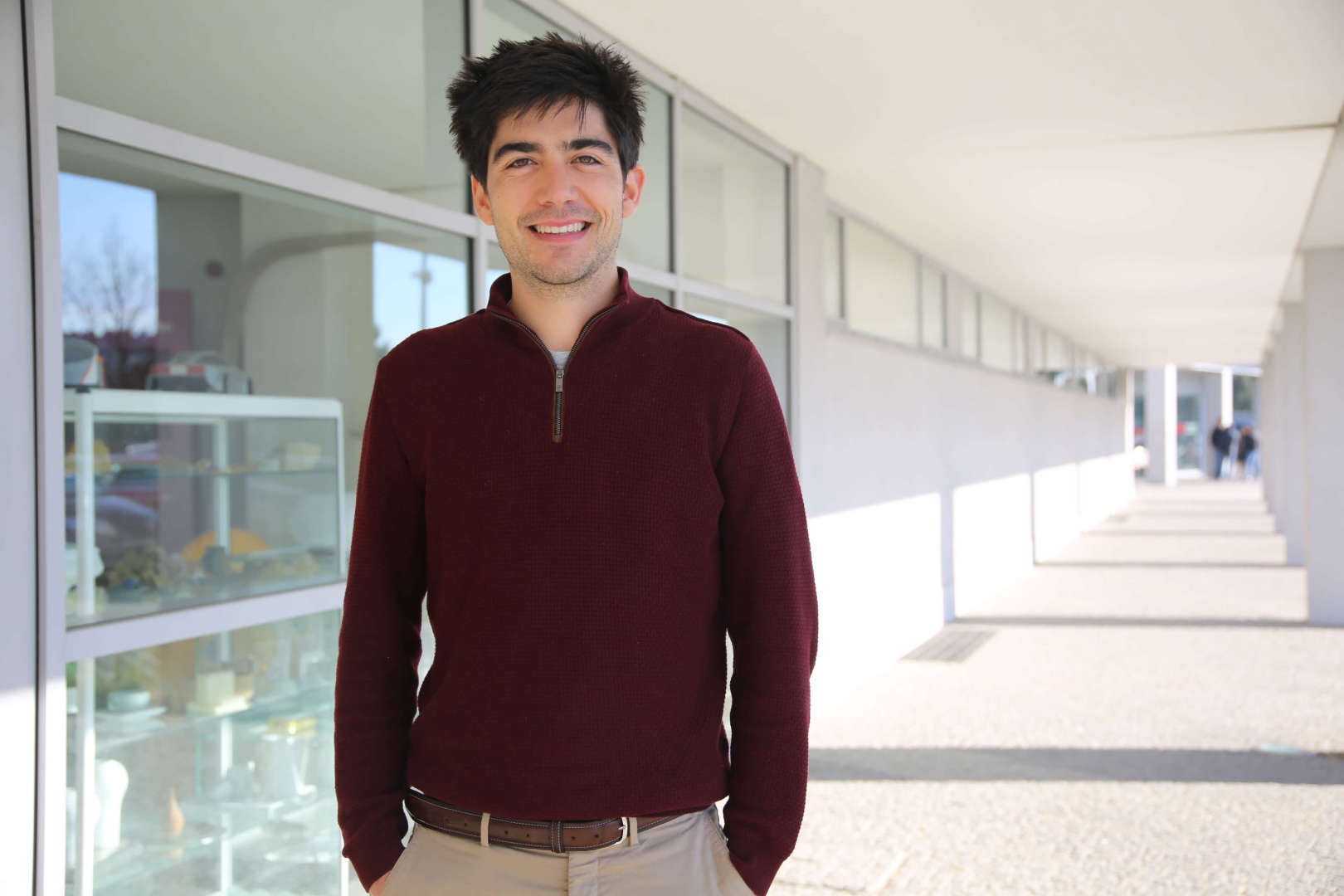About
João Pedrosa was born in Figueira da Foz, Portugal, in 1990. He received the M.Sc. degree in biomedical engineering from the University of Porto, Porto, Portugal, in 2013 and the Ph.D. degree in biomedical sciences with KU Leuven, Leuven, Belgium, in 2018 where he focused on the development of a framework for segmentation of the left ventricle in 3D echocardiography. He joined INESC TEC (Porto, Portugal) in 2018 as a postdoctoral researcher and is an invited assistant professor at the Faculty of Engineering of the University of Porto since 2020. His research interests include medical imaging acquisition and processing, machine/deep learning and applied research for improved patient care.


